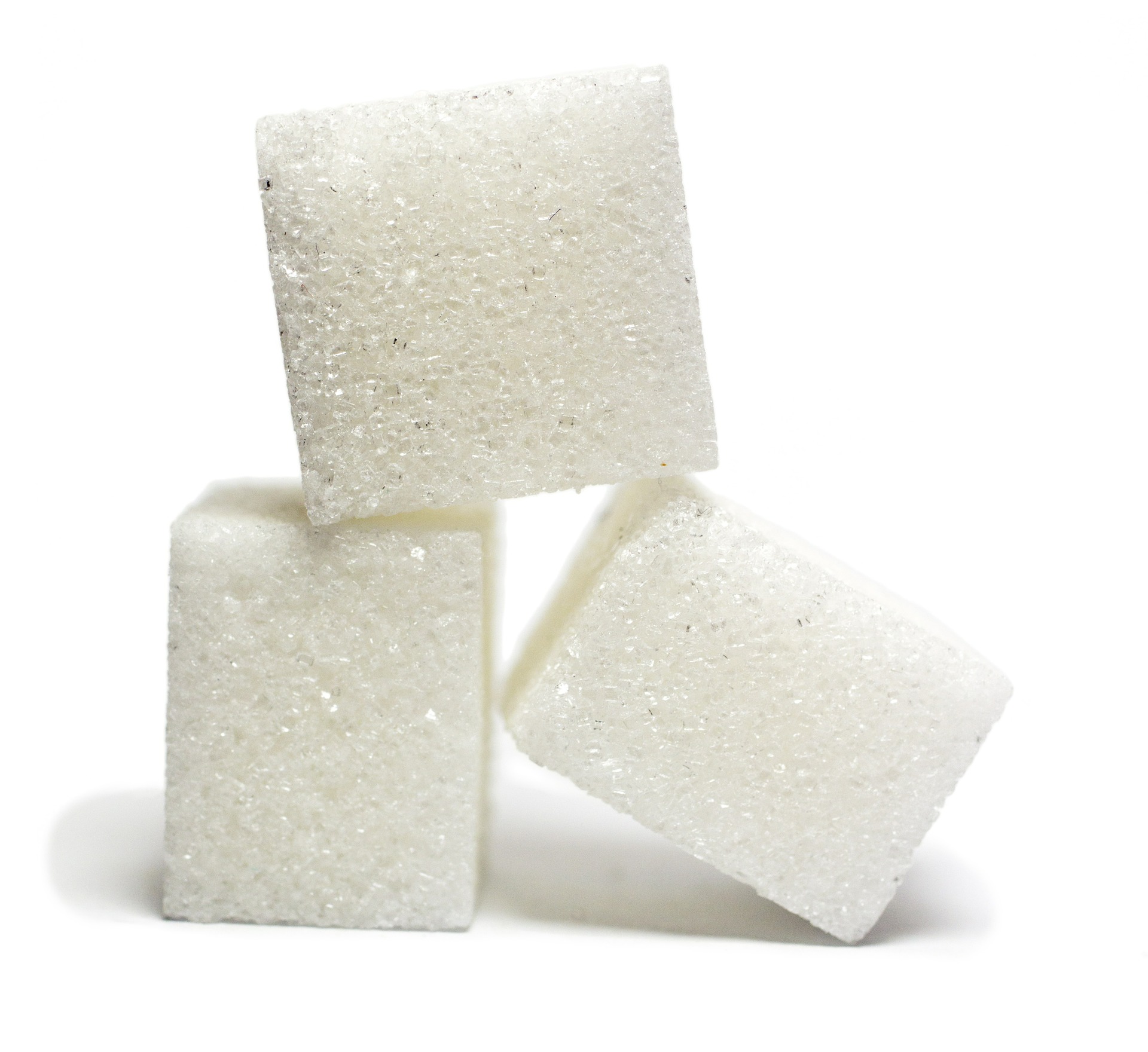Advertisement
The opinion column below, published last week in the Honolulu Star Advertiser, provides a quick primer on the danger of trade deals that open a global “free market” in which our “partners” undercut us through government subsidies that our own people do not receive.
As you’ll read below, thanks to some ill-advised trade deals in the past Hawaii’s sugar industry is all but a memory.
As memories go, I remember how often scenes from Hawaii Five-O in the 1970s prominently featured Hawaiian cane fields.
Indeed, I remember vividly one particular episode where they had to burn a cane field to smoke out an escaped criminal.
As a short-term resident of Honolulu in the mid-1980s, I remember the abundance of cane fields seemingly everywhere we drove on the island outside of Waikiki.
And I remember no longer seeing those cane fields when I returned for a vacation a few years ago.
A “tourist trap” telling about sugar cane’s history on the islands is about the only sign left of this once thriving industry.
As Congress continues to mull the Trans-Pacific Partnership trade agreement, and is besieged by efforts of “Big Candy’s” lobbyists and congressional allies to strip away the minimal protections afforded to what remains of the U.S. sugar industry, it should keep in mind the unintended consequences of past actions that have all but killed Hawaii’s sugar industry.
* * * * * * *
ICYMI: Hawaii sugar industry provides case study for TPP negotiators
Honolulu Star-Advertiser
July 30, 2015
By Jack RoneyDiplomats from around the world have descended on Hawaii this week to negotiate the Trans-Pacific Partnership (TPP) trade deal, setting foot on the world’s most fertile sugar cane soil.
Negotiators will not, however, see very much sugar cane.
Hopefully, the crop’s near disappearance from the islands will provide international policymakers with some valuable lessons about the potential unintended consequences of their decisions.
Hawaii’s sugar yields per acre are the highest in the world — double that of most major cane-producing countries — and at its peak the Hawaii sugar industry produced 1.2 million tons of sugar on 240,000 acres spanning four islands.
By the ’90s, the state’s 55 sugar farms and five companies were Hawaii’s third biggest employer, behind only the defense and tourism industries.
And electricity generated from cane byproducts powered one-tenth of the state’s homes and businesses.
Unfortunately, this economic powerhouse has all but evaporated. Today, only the Hawaiian Commercial and Sugar (HC&S) mill in Maui remains in production.
As one of the world’s most efficient operations, HC&S still produces 200,000 tons of sugar and supports about 1,400 direct and indirect jobs, but that is a far cry from the thriving industry that once existed.
Dozens of mills now sit vacant, expansive fields lay fallow, and erosion, unemployment and poverty have taken root in sugar’s absence.
So why did it all disappear — especially given the islands’ superior climate, soil conditions, state-of-the-art equipment, and skilled workforce?
Stagnant low domestic prices had a lot to do with it, as did widespread foreign subsidization and other trade-distorting practices that kept world prices far below production costs.
The price of sugar in the United States has remained virtually unchanged in 30 years, failing to keep pace with inflation or the rising costs of transportation, labor and regulatory compliance.
Prices have remained depressed for two reasons. First, a series of trade deals gave preferential U.S. market access to 41 foreign suppliers and frequently created oversupplies in our market.
As the world’s second biggest sugar importer, the United States now purchases about 30 percent of its sugar from abroad.
In short, guaranteed market access granted in trade negotiations enabled less efficient foreign producers to take domestic market share from more efficient U.S. growers, leading to job loss here and on the mainland.
Second, a steady climb in foreign subsidies in recent years has created a glut of sugar on the world market and has sent prices spiraling downward.
And the situation is only worsening as subsidies are steadily growing and promoting expansion at a time when the market needs less sugar.
Over the past two years, Brazil has announced a series of bailouts on top of its standard $2.5 billion a year in subsidies.
Thailand has doled out at least $1.3 billion a year in subsidies to increase exports by 70 percent since 2011.
U.S. trade negotiators can fight back to help preserve what is left of the Hawaii and U.S. sugar industry by not further undermining domestic market share. That means rejecting excessive market access demands from foreign producers during the upcoming talks.
Trade leaders also should take corrective measures to shore up the world’s most distorted commodity market.
By simultaneously rolling back sugar subsidies and trade-distorting policies in all countries — including America’s no-cost policy — the global price of sugar will naturally rise to reflect the cost of producing the crop.
Under this kind of subsidy-free, free-trade model, the most efficient producers will be rewarded instead of those with the most access to government handouts — a sweet ending to an otherwise sour cautionary tale.
Jack Roney was vice president of the Hawaiian Sugar Planters’ Association during the 1990s. After losing his job during the industry’s decline, he became the director of economics and policy analysis for the American Sugar Alliance.
Advertisement
Subscribe Free By Email

Looking for the best in breaking news and conservative views? Let Chuck do all the work for you! Subscribe to his FREE "Muth's Truths" e-newsletter.




